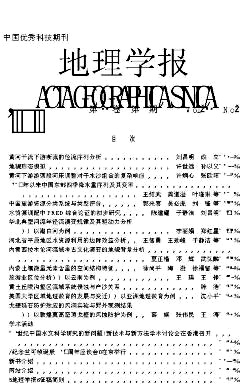QIN Ming zhou, ZHAO Jie
Impacts of land use on soil quality, especially soil quality change became clear when 1998 soil samples in the Kaifeng rural urban marginal area are compared with 1982’s. Selected soil attributes included pH level, organic matter (OM), total nitrogen (TN), available nitrogen (AN), phosphorus (AP) and potassium (AK), cation exchange capacity (CEC) etc. Then through standardization of these parameters according to PRC national standards, the modified Nemoro Formula was used to make a trail assessment on soil quality. Soil quality changes caused by changes in typical land use patterns were analyzed. The dominant quality of soil types is still at middle level. The 1998 soil quality is 1 16, lower than 1 44 of the 1982’s. pH, OM and TN of soil attributes increased by 2 27%, 23 9% and 11 35% respectively; AP, AK and CEC declined by 67 14%, 29 8% and 4 48%. So phosphorus and nitrogen are seriously deficient to crop growth; OM and AK are in middle range. In all investigated soil samples, increased soil attributes including pH, OM, TN, AP, AK and CEC accounting for 84 6%, 71 4%, 71 4%, 28 6%, 8 3% and 35 7% respectively. In other words, alkalization developed increasingly and pH level was raised, OM and TN in soil rose more or less, AP, AK and CEC declined. Regarding land use change in patterns, there were two different trends in soil quality changes. One was improvement, which included the shift of upland to orchard or irrigated field, and the field of single rice plantation to irrigated rice wheat rotation. The other is degradation including adjustment of vegetable plots to orchard and various other shifts from extensive management. General trends of those high and middle quality grades declined lightly through land use and low quality soils were improved significantly. Specifically, 13 3% of soil types were improved qualiatively and 53 3% of soil type clearly degraded in quality. In terms of soil areas, sandy soil accounting for 60% of urban rural marginal area declined slightly within the same quality range although soil quality in Kaifeng is still in middle range. The best soil in Kaifeng is soil devoting to vegetable plots with high material input, paddy soil and irrigated field ranking at the second level (middle grade). Upland soil is the worst. Comparisons of soil quality in 1998 with that in 1982, clearly indicated that soil fertility and productivity has dropped.
